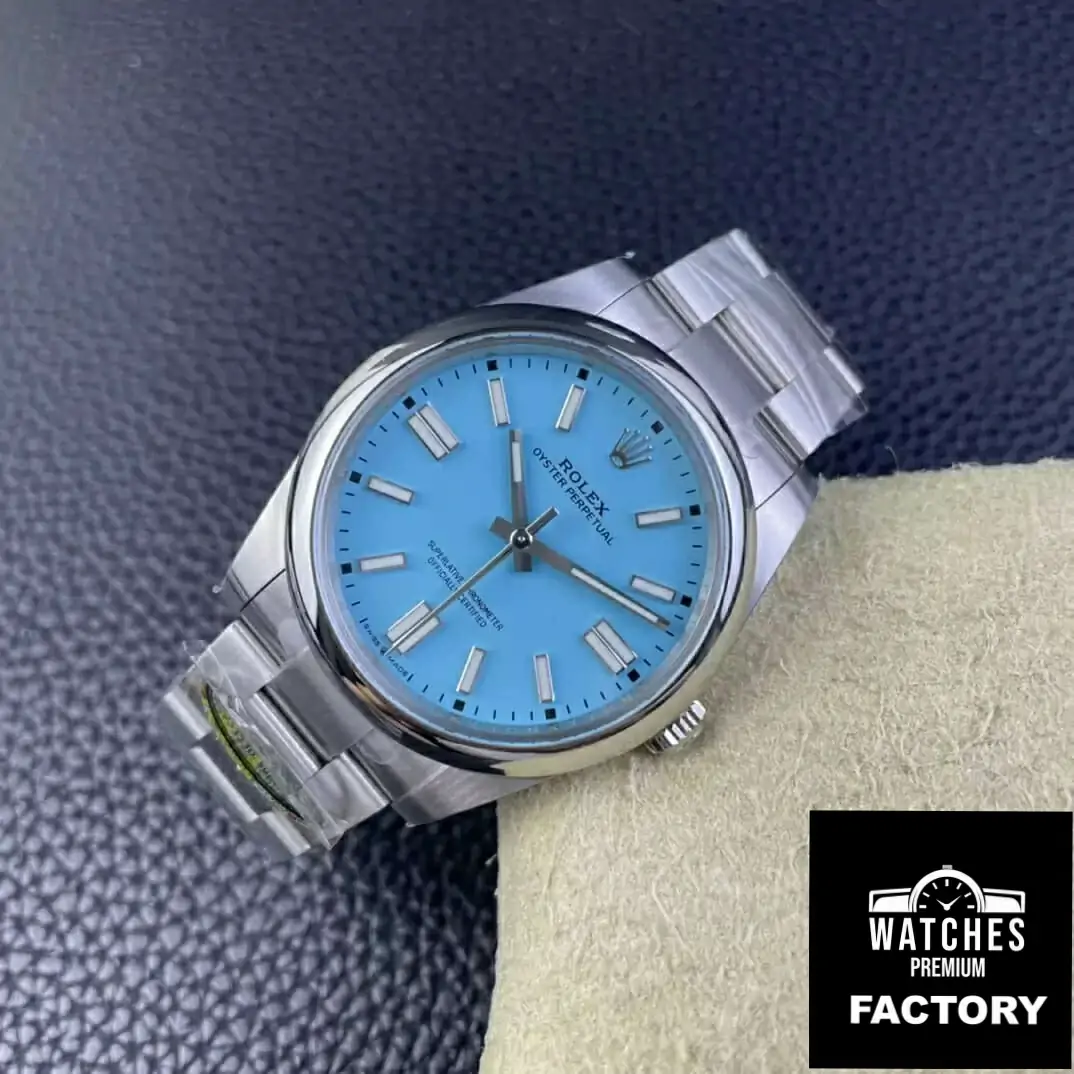
Once a stainless steel Rolex Daytona commanded a price of over €50,000, with limited editions selling out within minutes and enthusiast platforms like Fratello buzzing with activity. However, recent times have seen a noticeable cooling effect. Today, that same Daytona fetches around €30,000, the excitement of replica Watches and Wonders editions has waned, and the frenzy of instant limited edition sell-outs feels like a distant memory. Yet, to label the watch market as in crisis feels somewhat premature. How then can we aptly characterize its present state? 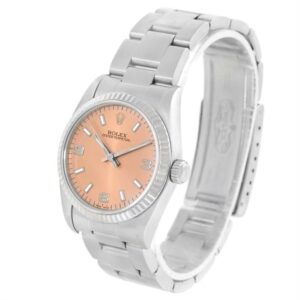
In August 2022, Thomas offered insights on the watch market’s trajectory post-pandemic, predicting a retreat of speculators without a complete collapse. Regrettably, his assessment appears to have been prescient. Drawing from various sources, it seems the positive momentum prior to the pandemic may be resuming. Let’s delve deeper into these sources to glean a clearer understanding of the prevailing trends.
The Pre-Owned Watch Market:
A glance at the pre-owned watch market, as outlined in Morgan Stanley’s March 2024 report on Swiss watch industry trends, reveals a mixed picture. Of the 34 brands examined, prices for 25 experienced depreciation in 2023. Notable brands such as Audemars Piguet, Patek Philippe, and Rolex saw declines of -18%, -15.7%, and -8% respectively, echoing Thomas’s observation of speculator-driven turbulence, particularly impacting coveted models like the Royal Oak, Nautilus, and Daytona.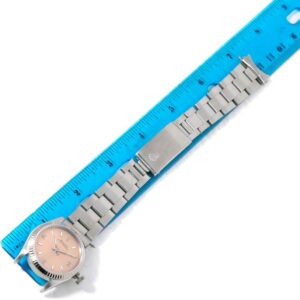
While these figures may raise eyebrows, a broader view suggests a more nuanced narrative. For instance, Chrono24’s ChronoPulse graph illustrates the pre-owned watch market’s trajectory from the onset of the pandemic to the present. Initially soaring amidst uncertainty, the market has since corrected, stabilizing at pre-pandemic levels. This suggests a return to normalcy, albeit tempered by recent fluctuations.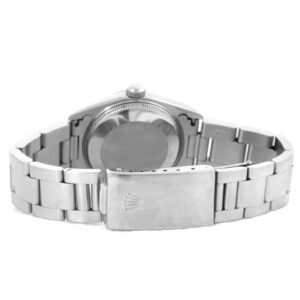
The Market for New Swiss Watches:
Unfortunately, comprehensive data on the state of the Swiss watch industry is scarce, often limited to estimations derived from export data. While export numbers indicate a slowdown since mid-2023, with growth tapering from double-digits to 3-5%, it’s premature to diagnose a crisis. Morgan Stanley’s turnover estimates for the top 20 brands further complicate the narrative, with 14 brands boasting higher turnover in 2023 than the previous year, accompanied by increased unit sales. However, skepticism persists regarding the accuracy of these figures, voiced by industry stalwarts like Nick Hayek Jr. and George Kern.
Escalating Costs and Pricing Pressures:
Beyond numerical analyses, anecdotal evidence suggests a palpable cooling in the market, mirrored by a notable uptick in new watch prices since 2019. While partially driven by parallel increases in the pre-owned market, Deloitte’s report underscores broader challenges. Brands grapple with rising personnel and raw material costs, necessitating substantial investments to meet sustained demand. Ultimately, these expenses are borne by consumers, contributing to the upward trajectory of clone watch prices.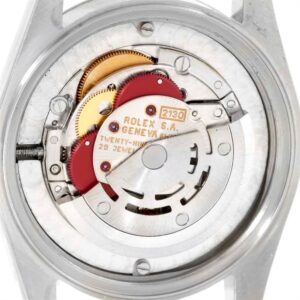
The watch market appears to have plateaued, characterized by steady sales but lacking the vigor of exponential growth. Given the global landscape’s uncertainty, marked by impending elections and geopolitical tensions, consumer discretion may prevail in the months ahead. Consequently, significant market shifts seem unlikely in the near term. Yet, lingering questions persist: could further corrections lie ahead? Share your thoughts below, as we endeavor to decipher the complexities shaping the watch market’s trajectory.